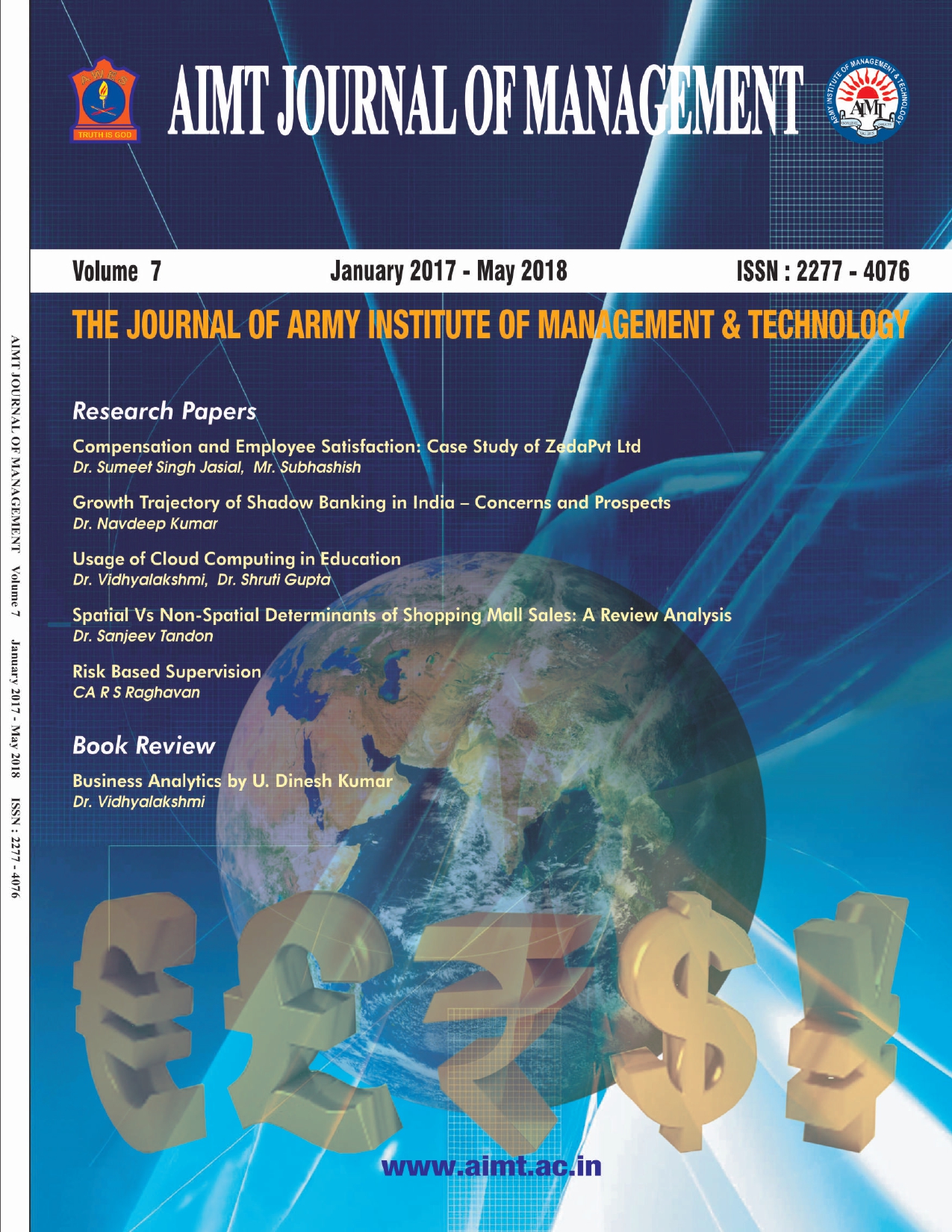Spatial Vs Non-Spatial Determinants of Shopping Mall Sales: A Review Analysis
Abstract
This research reviews the existing literature on retail. Retailing is undergoing unprecedented change in developing economies. It is an integral part of the value chain in an organization, undergoing sea change in developing economies. Many organized retail formats such as convenience stores, departmental stores, specialty stores, super market, super stores, hyper markets and shopping malls are on a consistent rise. Shopping malls as a business entity have started penetrating down the line up to smaller towns. It is evident that the development of a shopping mall entails several strategic i decisions from conception, localization, construction and finally to the operation stages . Location has long been known to play a major role in the retailing process. The concept of shopping malls has evolved around various theories of urban spatial structures. The research done in last two decades on spatial & non-spatial determinants of retail sales reveal inter dependence on these factors. Certain empirical studies highlight spatial dependencies among both consumers and ii retailers . Extensive review of literature provides insights of recent studies which impress upon the argument that non spatial factors are as important to shopping mall patronage as spatial factors. The reasons describing the effect of non spatial factors are to increase retailer differentiation factor in competitive retail markets. Secondly, these factors promote brand identity as retailers develop alternative non-store retail formats. They also eventually represent a source of shopping center intangible value. Thus, the strategies relating to mall space configuration and retail store location within the mall has gained prominence. Proper strategic planning relates to a higher consumer traffic levels that has become a prerequisite for the success of a retail store in a shopping mall.



